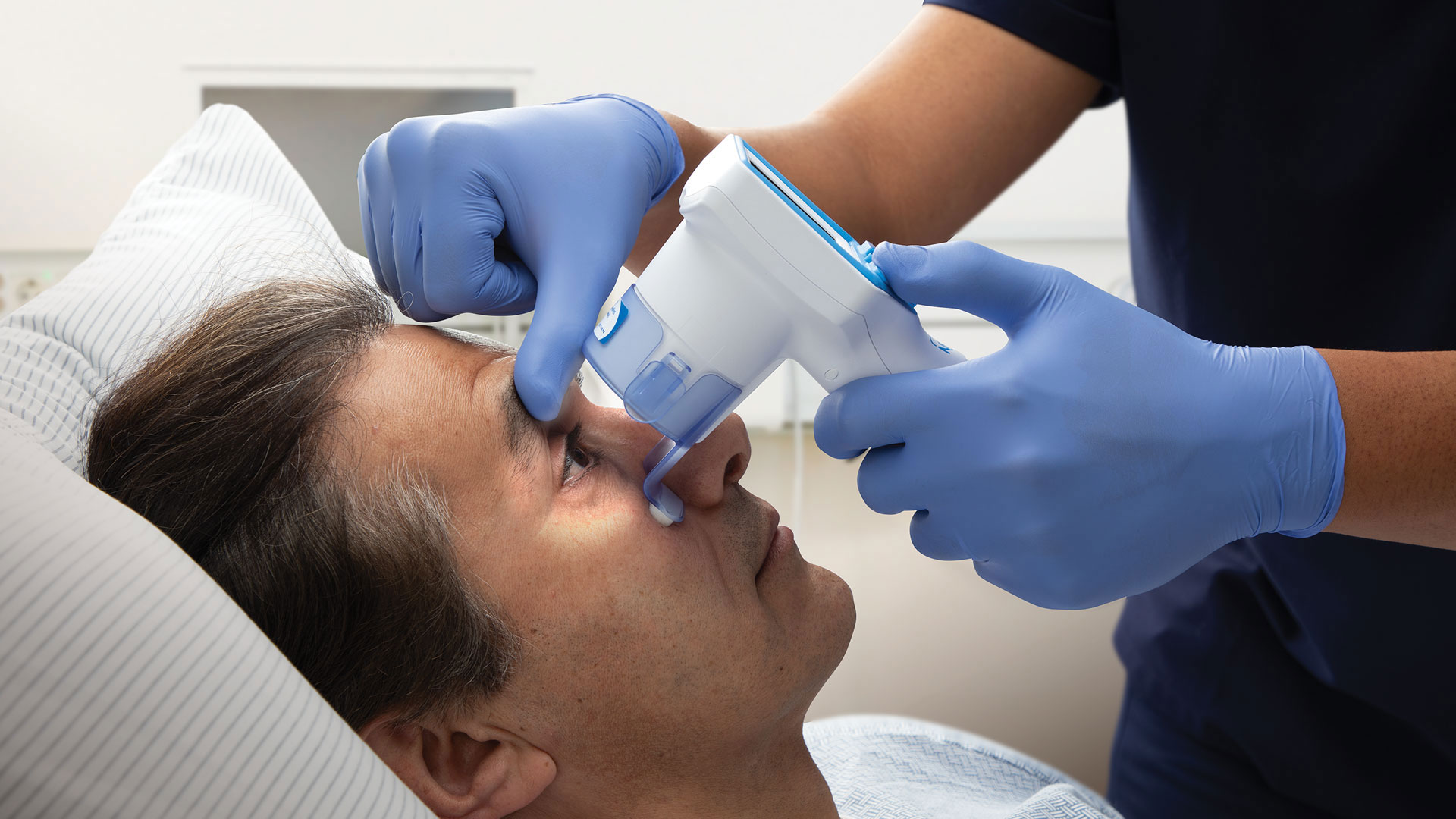Pupillary Response in Traumatic Brain Injury: The Role of Pupil Reactivity in Critical Care Nursing and Neurological Examination

The pupillary response is a critical component of the neuro examination and is often used by healthcare professionals, including critical care nurses, to assess the function of the brain.
Pupil reactivity, or the constriction and dilation of the pupils in response to light, can provide important information about the health of the brain and can help healthcare professionals diagnose and treat traumatic brain injury (TBI).
In this blog post, we will explore the role of pupil reactivity in TBI and its importance in critical care nursing and neurological examination.
Pupillary Response in Traumatic Brain Injury
The pupillary response is one of the important neurological tools doctors can use to assess the severity of a traumatic brain injury and determine the patient’s prognosis. In critical care nursing, the pupillary index (NPi) is a commonly used measure of pupillary reactivity that can provide valuable information about the extent of brain damage and help guide treatment decisions.
One of the key benefits of using the NPi to assess TBI is that it is a non-invasive and easily obtainable measure. By simply observing the size and reactivity of the patient’s pupils, healthcare professionals can gain valuable insights into the brain’s functioning and determine the appropriate course of action.
The NPi is calculated by measuring the size of the pupils in response to light and comparing the results to normative data. In cases of TBI, the NPi may be elevated or depressed, depending on the extent of the injury. Elevated NPi values can indicate a more severe injury, while depressed NPi values may suggest less severe damage.
In addition to providing valuable information about the severity of a TBI, the NPi can also be used to monitor the patient’s progress over time. By tracking changes in the NPi, healthcare professionals can assess the effectiveness of treatment interventions and make adjustments as needed.
Overall, the pupillary response in traumatic brain injury is a valuable neurological tool that can provide valuable insights into the severity of a TBI and help guide treatment decisions. Using the NPi, critical care nurses can more effectively manage brain injury patients and improve their outcomes.
Pupillary Response as a Neurological Tool
The pupillary response is a standard assessment during a neuro exam and can provide valuable information about a patient’s neurological health. Healthcare professionals can gain insight into the function of the optic nerve and brainstem by measuring the pupil’s reactivity.
One of the benefits of using pupillary response as a neurological tool is its non-invasive nature. Unlike other imaging techniques, such as CT or MRI scans, assessing pupillary response does not require specialized equipment or exposing the patient to radiation. This makes it a quick and convenient way to gather information about a patient’s neurological health.
The pupillary response can also help detect traumatic brain injuries (TBI). In cases of TBI, the pupil may become dilated or non-reactive, indicating damage to the brainstem. Healthcare professionals can quickly identify TBI and provide appropriate treatment by monitoring the pupillary response.
However, there are some limitations to using pupillary response as a neurological tool. For example, it is not always reliable in patients who are unconscious or sedated, as their pupils may not react normally. Additionally, certain medications, such as anti-anxiety drugs, can affect pupil reactivity and make it difficult to interpret the results.
Conclusion:
The pupillary response is a crucial neurological tool in assessing traumatic brain injury. The reactivity of the pupils can provide critical information for critical care nurses and doctors conducting neurological examinations. Research has shown that changes in pupillary reactivity can be a vital indicator of the severity of the brain injury and can help guide treatment decisions.
In the future, further research on pupillary response in traumatic brain injury is essential to understand its role in clinical practice further. This research could also improve the accuracy and reliability of pupillary response as a tool in assessing traumatic brain injury. Further study in this area could also lead to the development of new and improved treatment options for patients with traumatic brain injury.
